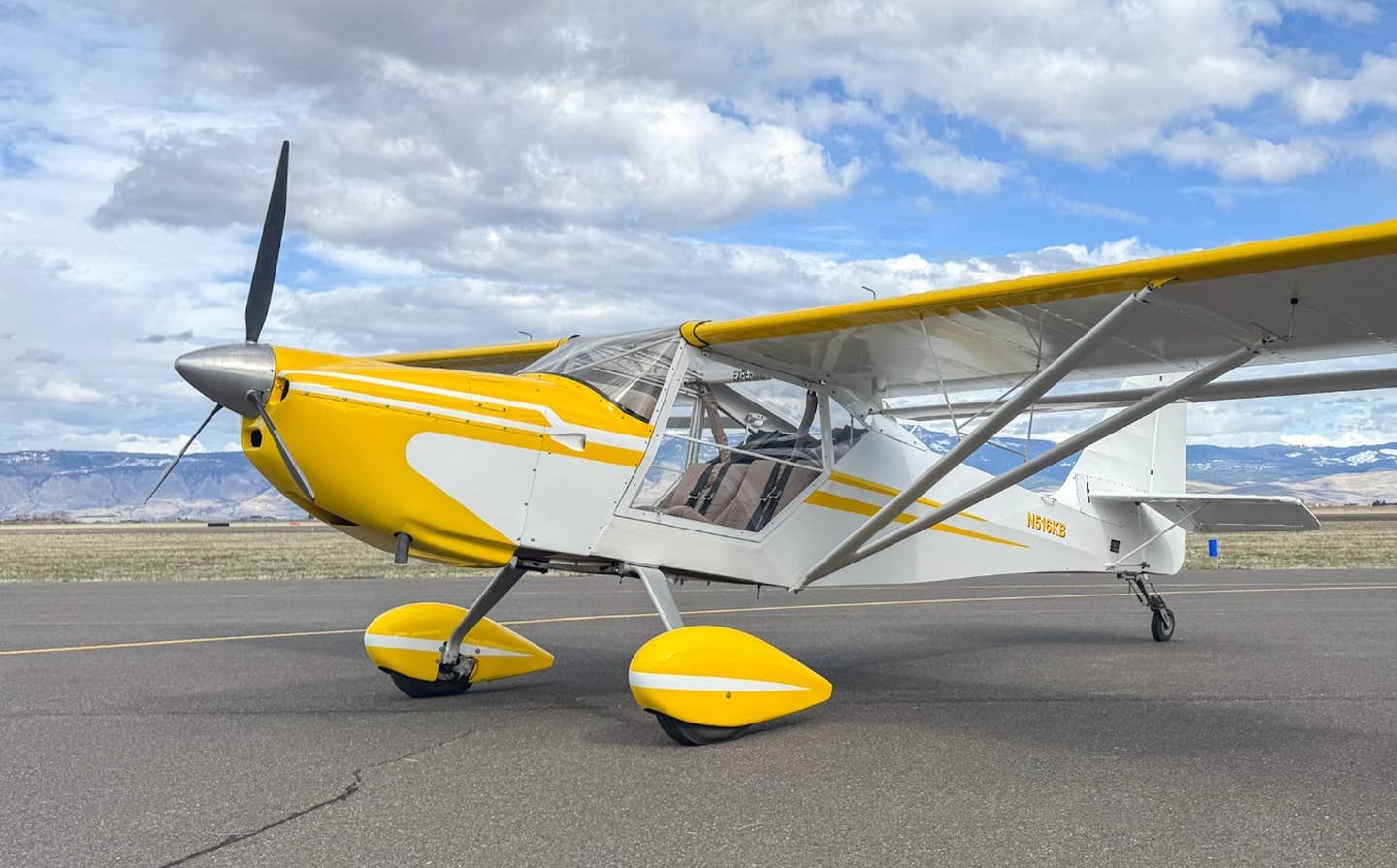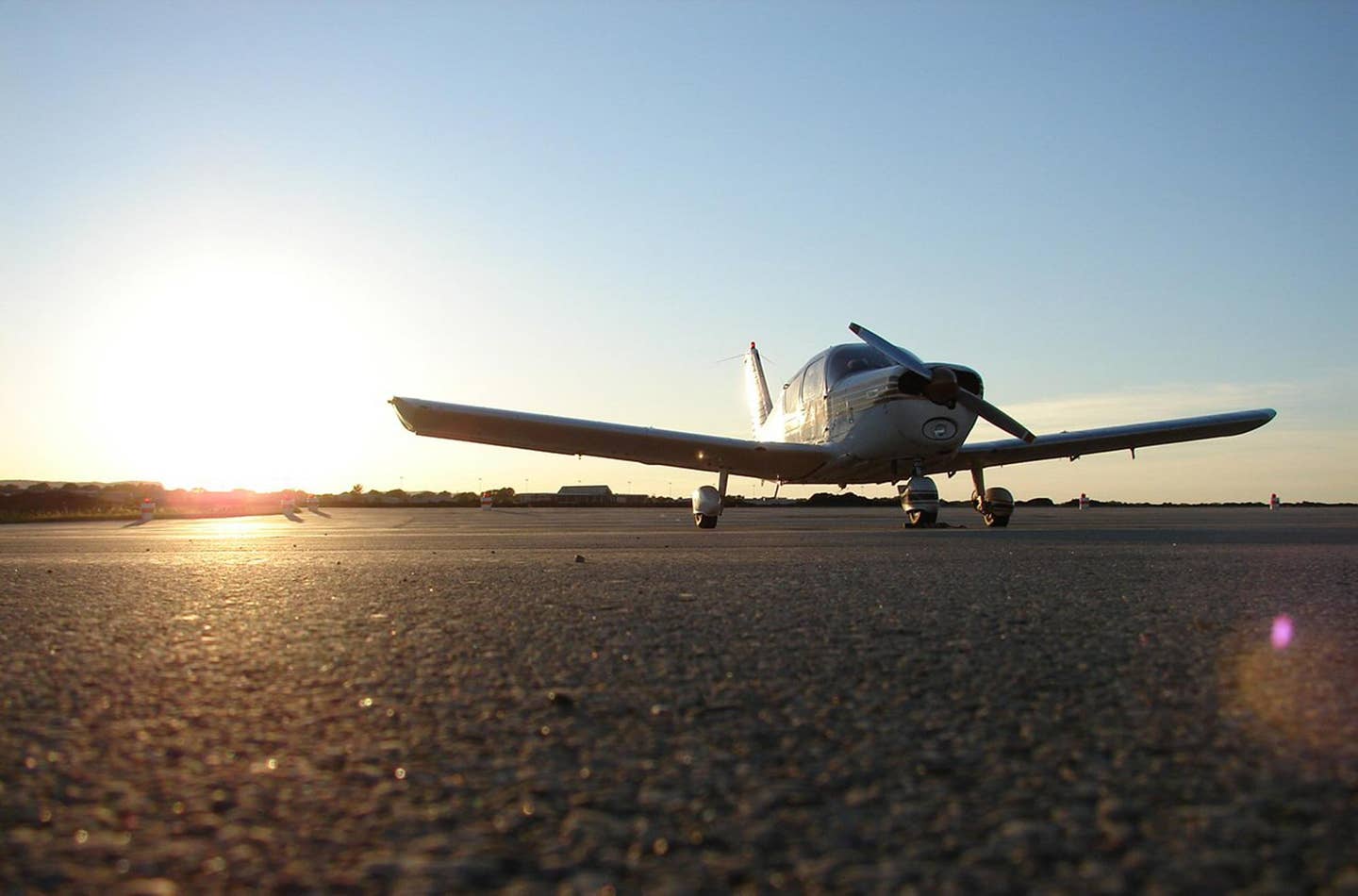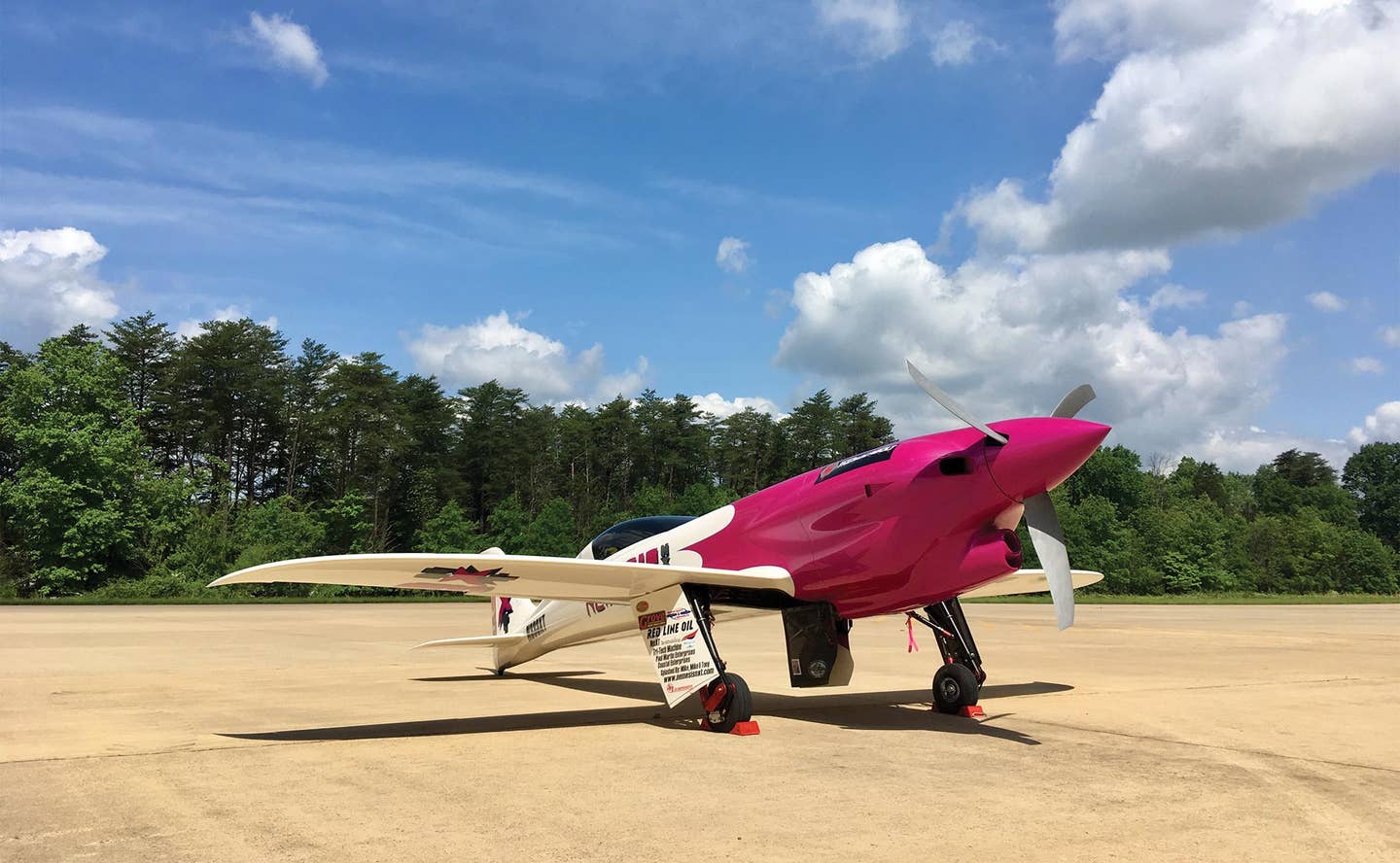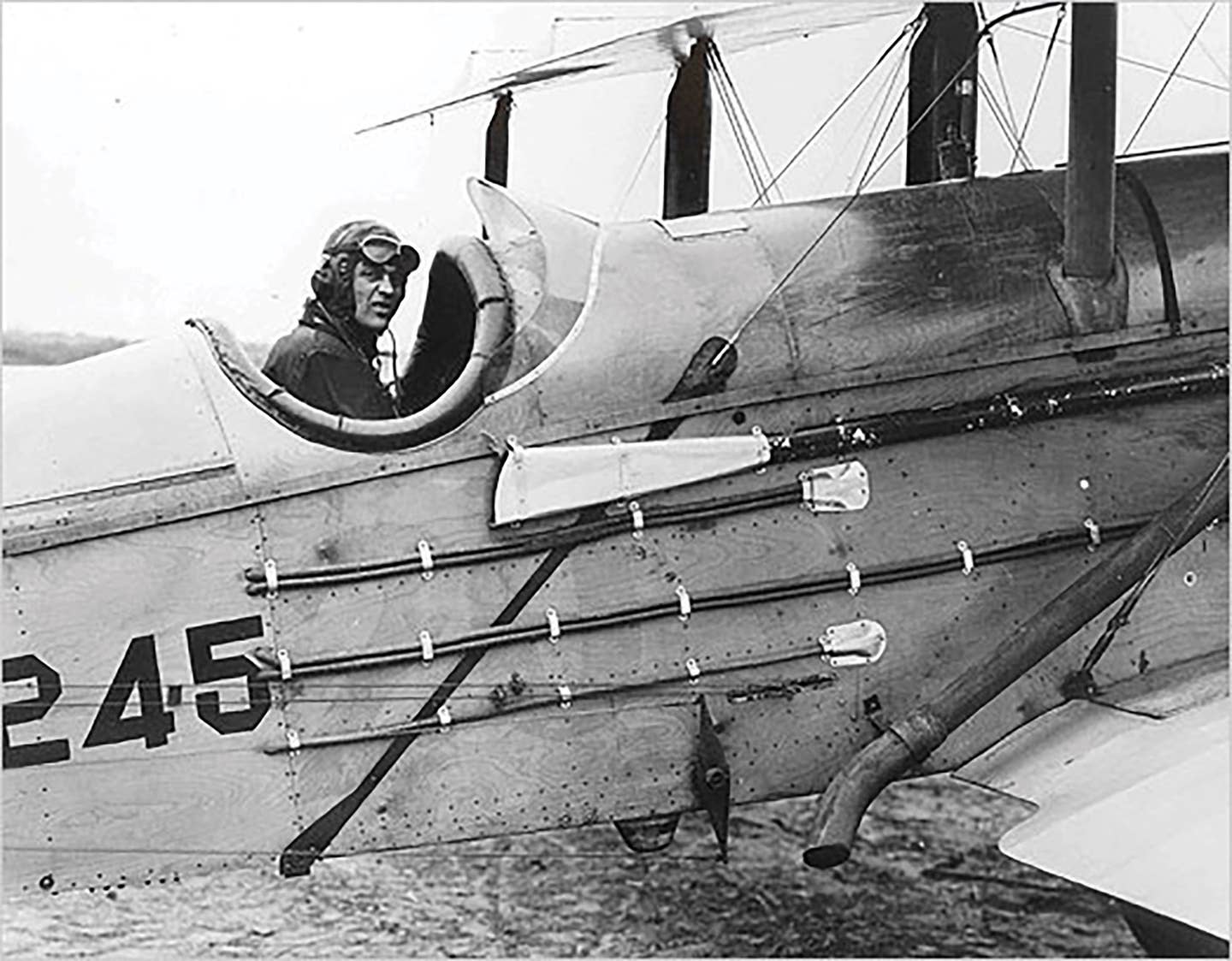Beechcraft Bonanza
What a difference a few years make, especially when those years were the era of World War II and the world had changed irrevocably. In terms of aircraft design, there’s…

What a difference a few years make, especially when those years were the era of World War II and the world had changed irrevocably. In terms of aircraft design, there's no better dichotomy to illustrate the change than two Beechcraft products separated by about a decade in calendar time but by eons in terms of approach, mission and aesthetics. When it created the Staggerwing in the early 1930s, the design team at Beechcraft came out with an Art Deco masterpiece, all finely figured wood and excess. The Bonanza, in contrast, was minimalism, efficiency and performance personified. The all-metal speedster was and is beautiful, but in such a different way than the Staggerwing that it seems impossible the two came from the same century, never mind the same side of Wichita, Kansas.
With its all-metal design (there was a little fabric on the early models), cool V-tail and retractable nosewheel landing gear, the Bonanza was more modern than any production light plane that would appear for the next decade. It didn't rival the most modern automotive design standards; it foresaw future approaches. On the Bonanza, the V-tail is the defining component. Indeed, it's hard to come up with another aircraft feature that so immediately confers the essence of the machine. The tail isn't without its critics, though few find fault with its style. When Beech came out with the straight-tailed Debonair model in the early 1960s, some pilots went in that direction while others pointed at the vertical tail of the new offshoot, shook their heads and pronounced, "That's not a Bonanza."

Subscribe to Our Newsletter
Get the latest Plane & Pilot Magazine stories delivered directly to your inbox






